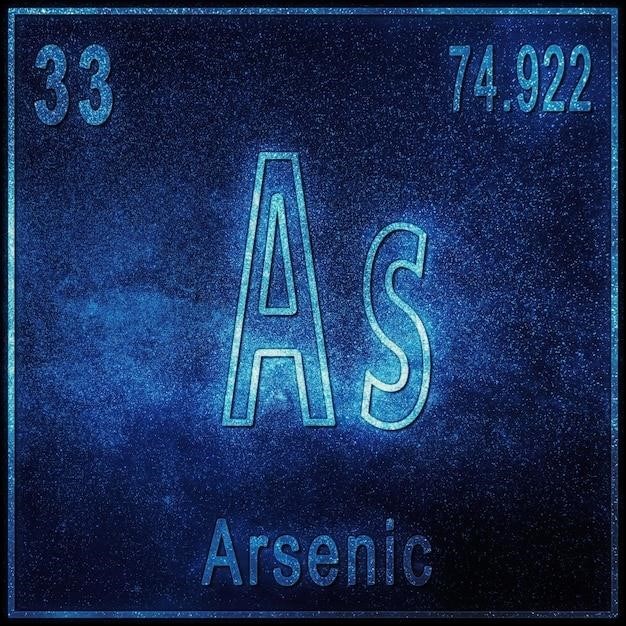ASME A17;1 PDF Free Download⁚ Overview
This document provides a comprehensive guide to the ASME A17.1 safety code for elevators and escalators. It details various editions, their importance, and how to access them, both officially and unofficially. Caution is advised when using unofficial sources.
What is ASME A17.1?
ASME A17.1 is the widely recognized safety standard for elevators and escalators in North America. Developed by the American Society of Mechanical Engineers (ASME), this comprehensive code dictates design, construction, installation, testing, maintenance, and operation guidelines. It ensures safe vertical transportation, encompassing various conveyance types like dumbwaiters and moving walks. The code’s influence extends to local and national building codes, forming a crucial safety net for the public. Regular revisions reflect technological advancements and evolving safety needs.
ASME A17.1 Editions and Revisions
The ASME A17.1 safety code undergoes regular revisions to incorporate technological advancements and address emerging safety concerns. Each edition builds upon previous versions, integrating new requirements and updating existing guidelines. These revisions ensure the code remains current and relevant to the elevator and escalator industry. Finding the most up-to-date version is critical for compliance and maintaining safe operation. Access to older editions can be valuable for historical context or understanding past standards.
Importance and Scope of the Code
ASME A17.1 is the cornerstone of elevator and escalator safety in North America. Its comprehensive scope covers design, construction, installation, operation, maintenance, testing, inspection, alteration, and repair. Compliance is crucial for ensuring public safety and minimizing risks associated with these vital transportation systems. The code’s detailed requirements and guidelines help prevent accidents and injuries. Understanding its provisions is vital for professionals working within the vertical transportation industry.
Accessing ASME A17.1⁚ Official and Unofficial Sources
The official ASME website offers the latest code for purchase. Beware of unofficial free downloads; their authenticity and completeness are not guaranteed, potentially compromising safety.
Official ASME Website and Purchase Options
The American Society of Mechanical Engineers (ASME) website is the primary source for obtaining legitimate copies of ASME A17.1. Purchasing through their official channels ensures you receive the most current, complete, and legally compliant version of the safety code. This guarantees access to the latest revisions and amendments crucial for compliance and safety. Various purchase options are usually available to accommodate different needs and budgets, including digital downloads and printed copies. Directly purchasing from ASME supports the organization’s ongoing work in developing and maintaining these vital safety standards.
Potential Free Download Locations (Proceed with Caution)
While some websites may offer free downloads of ASME A17.1 PDFs, exercising extreme caution is paramount. These sources may offer outdated, incomplete, or even inaccurate versions of the code. Using an outdated or incomplete version could lead to serious safety risks and legal non-compliance. Always verify the source’s legitimacy and the document’s version number before relying on any free download. The potential for copyright infringement is another significant concern when considering unofficial sources. For reliable and safe access, purchasing from ASME is highly recommended.
Content and Structure of ASME A17.1
ASME A17.1 is a detailed safety code, organized into sections and chapters covering various aspects of elevator and escalator safety. It includes comprehensive requirements and guidelines.
Key Sections and Chapters
The ASME A17.1 code’s structure is not explicitly detailed in the provided text, but based on the mentions of various requirements and guidelines across “multiple sections and chapters,” we can infer a comprehensive organization. These likely cover design, installation, inspection, testing, maintenance, alteration, and repair of elevators, escalators, and related equipment. Specific chapter titles aren’t listed, but the document’s substantial size suggests a detailed breakdown of these aspects. Each section likely addresses specific components and safety features, ensuring thorough coverage.
Safety Requirements and Guidelines
ASME A17.1 establishes detailed safety requirements and guidelines for elevators and escalators. The code addresses various aspects, including emergency communication systems (two-way communication between the car and authorized personnel), door safety mechanisms (automatic reopening devices to prevent obstruction), and overall operational safety. Specific requirements for passenger elevators, such as automatic operation and door reopening devices, are mentioned. The code aims to minimize risks and ensure safe operation of these vertical transportation systems.

ASME A17.1 and Related Standards
ASME A17.1 frequently integrates with other standards, notably CSA B44 in North America. Understanding these related codes is crucial for complete compliance and safe elevator operation.
CSA B44 and its Integration with ASME A17.1
In North America, ASME A17.1 and CSA B44 are often used together. CSA B44, the Canadian standard for elevators and escalators, is largely harmonized with ASME A17.1. This ensures consistency in safety regulations across the US and Canada. Understanding their interrelationship is key for those working with elevator systems in this region. Differences may exist, necessitating careful review of both standards for complete compliance. The combined application provides a robust safety framework for vertical transportation systems.
Other Relevant ASME and ANSI Standards
While ASME A17.1 is the primary standard for elevators and escalators, other related ASME and ANSI standards offer supplementary information; These might cover specific aspects like electrical systems, components, or maintenance procedures. Consulting these complementary standards ensures a holistic understanding of safety regulations and best practices. Cross-referencing these documents with A17.1 is crucial for comprehensive compliance and safe operation. Always check for the most current editions of all applicable standards.

Legal and Regulatory Considerations
ASME A17.1 plays a crucial role in local and national building codes, influencing legal compliance and enforcement. Understanding its implications is vital for safe elevator operation and avoiding legal issues.
ASME A17.1’s Role in Local and National Codes
The ASME A17.1 code serves as a foundational document for numerous state and city building regulations concerning elevators and escalators. Many jurisdictions adopt its provisions, sometimes with local amendments to address specific regional needs or conditions. This ensures a baseline level of safety across various locations. Compliance with ASME A17.1, therefore, often forms a key component of broader legal frameworks governing elevator safety and maintenance. Understanding how A17.1 integrates into local regulations is crucial for ensuring legal compliance.
Compliance and Enforcement
Enforcement of ASME A17.1 varies depending on local regulations and jurisdictions. Authorities responsible for building codes and safety inspections typically oversee compliance. Penalties for non-compliance can range from fines to suspension of operation. Regular inspections and maintenance are crucial to ensure ongoing adherence. The consequences of neglecting these standards can be severe, impacting both safety and legal standing. Thorough understanding of local regulations and enforcement procedures is essential for responsible elevator ownership and operation.
Using ASME A17.1 Effectively
Mastering ASME A17.1 requires careful study and understanding of its detailed requirements and safety guidelines. Effective use involves precise interpretation and efficient information retrieval within the document’s complex structure.
Interpreting the Code’s Requirements
Accurate interpretation of ASME A17.1 is crucial for ensuring elevator and escalator safety. The code’s detailed language necessitates a thorough understanding of technical terminology and engineering principles. Ambiguity may require consultation with experienced professionals or relevant regulatory bodies for clarification. Careful attention to each section and its corresponding guidelines is paramount to avoid misinterpretations leading to non-compliance and potential safety hazards. Always prioritize safety and adherence to the code’s explicit stipulations to ensure the safe and reliable operation of vertical transportation systems. Regular updates to the code necessitate continuous professional development to maintain proficiency in its interpretation.
Finding Specific Information within the Document
Navigating the extensive ASME A17.1 document efficiently requires utilizing its organizational structure. The table of contents and detailed index are invaluable tools for locating specific sections, clauses, and requirements. Keyword searches within digital versions can expedite the process. Understanding the code’s hierarchical structure—from general requirements to specific technical details—is key. Furthermore, cross-referencing between related sections can provide a more comprehensive understanding of particular regulations. Leveraging the document’s internal navigation features, whether in print or digital format, significantly improves the efficiency of information retrieval. Remember to always consult the most up-to-date version.

